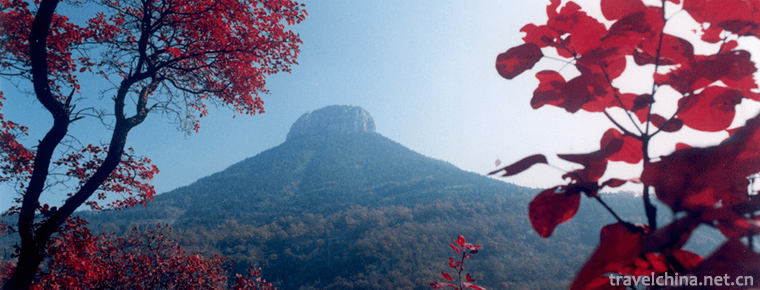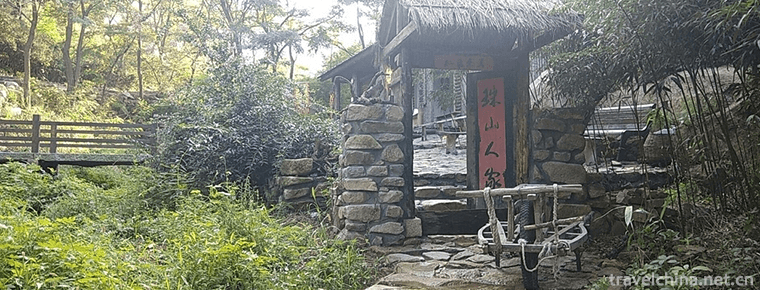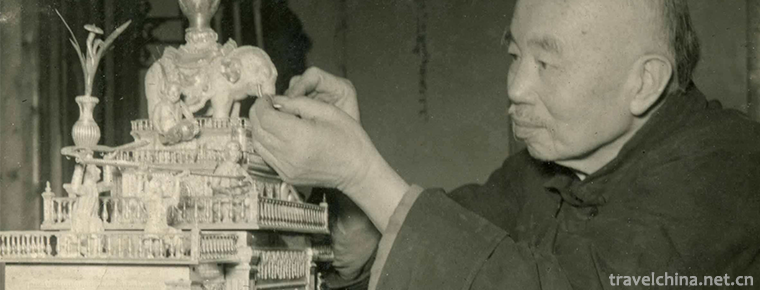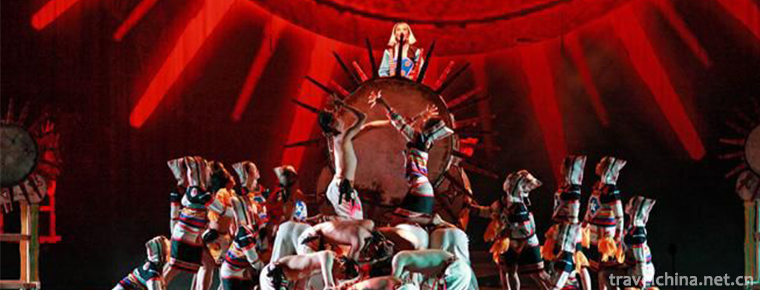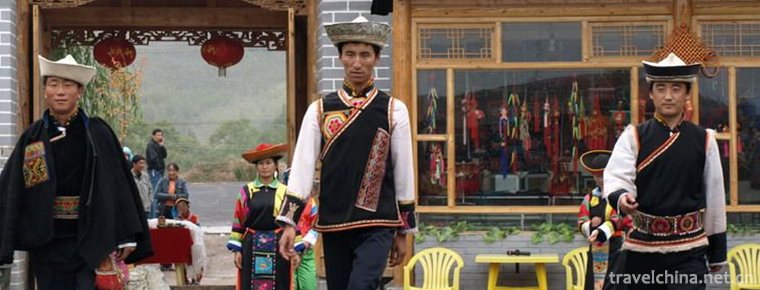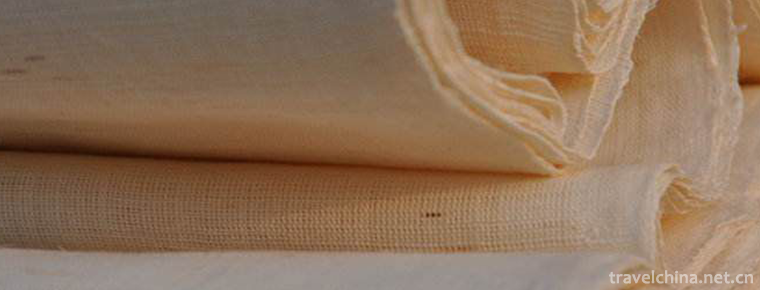Legend of Cao Xueqin
Legend of Cao Xueqin
The legend of Cao Xueqin refers to the story that the common people in the place where Cao Xueqin lived in his later years respected him and processed his deeds into a story.
The legend of Cao Xueqin is spread in Beijing Yuanmingyuan, Summer Palace, Xiangshan, Mentou Village and other places, and the people in these areas also have a high awareness of it.
In 2011, it was selected as the third batch of national intangible cultural heritage list.
Historical origin
Cao Xueqin Memorial Hall is the place where Cao Xueqin lived in his later years. It is precisely because Cao Xueqin once lived here and revised the famous book A Dream of Red Mansions, so that the common people in this area both appreciate and admire Cao Xueqin. Therefore, the story of Cao Xueqin was reprocessed and evolved, forming a national intangible cultural heritage, the legend of Cao Xueqin.
Unlike other intangible cultural heritage, Cao Xueqin's legend does not have a clear inheritor, and the way of inheritance is also distinct. It is not like the old craftsmen, father, son, teacher and apprentice. It is collective inheritance, that is, the father tells stories to his son and grandson, and the villagers tell them to their relatives and friends. Although it can not be said which year began to spread from generation to generation, at least it can be ascertained that the starting time was the late Qing Dynasty, and it has been 140 years since then.
The stories and legends about Cao Xueqin in Xiangshan area of Haidian District cover a wide range of aspects, including Cao Xueqin's personality, life experience, relatives, friends, how Cao Xueqin wrote A Dream of Red Mansions, Cao Xueqin's residence, and how Cao Xueqin helped the poor. People's oral transmission not only preserved his legends, but also became more valuable and important in the case of Cao Xueqin's less relevant literature.
After Cao Xueqin's death, his legend has been further strengthened. Its content is more closely integrated with local customs and customs, and is constantly refined and processed in the process of spreading, making it more like "legendary stories". By 2015, 80 stories were collected. Population movements, old people's death and changes in entertainment are threatening to be lost.
Legends
The Origin of "Daiyu"
Lin Daiyu in A Dream of Red Mansions is said to have changed her name from Cao Xueqin in the original Stone Story.
Legend has it that Cao Xueqin's family used to live in the city. When he moved to the western suburbs, his family was very poor. In order to write books, he saved money, but sometimes he could not afford paper and ink. One day, he was writing a book and had run out of ink. Now he was in trouble. At that moment, Mr. Obi, a good friend, visited him and said that there was a kind of black stone called Daishi in Cherry Valley. Local women often used it to describe their eyebrows, so it was also called Thrushcross Stone. They had tried to draw with it. Why not try it? Cao Xueqin listened to him and went to Cherry Valley that afternoon and found some black stones. Take it home and try it. It can really write, but it's a little lighter. So I found some broken ink mixed together, tried again, the handwriting was clear, and then I used it to write books.
Since Daishi, Cao Xueqin no longer worries about the lack of ink. Whenever he has time, he picks up a few pieces in the cherry ditch and mixes them with some crushed ink. In order to memorize it, he changed the heroine's name to "Daiyu" when he revised the first draft. In the third chapter of A Dream of Red Mansions, there is a description of Daishi.
"Good Song" originally named "Immortal Tune"
In A Dream of Red Mansions, there is a famous song "Good Song", which is legendary rewritten by Cao Xueqin according to the folk tamping tune.
During the reign of Qianlong, in order to inspect the Eight Banners Army, the emperor began to build a martial arts hall at the foot of Xiangshan Mountain. One day, Cao Xueqin came to the construction site and looked around. It was very lively. At this time, he was attracted by a tamping tone, and listened carefully: "Everyone talks about it. / Immortals are good. / I say that. / Fame that. / He can't forget that. / How many emperors will be dead. / Only earth covered. / Hey!..". Cao Xueqin was fascinated when he sang the tamping tune back and forth three times. When he returned home, he thought about the tamping tune again and again. He thought it was interesting, superb and philosophical. So he found a pen and paper to write down the tamping words. After thinking about it for a long time, I didn't remember the word completely. The next day, he went to the construction site again and found the master who was the leader yesterday. He wanted to ask the tune of "Everyone says fairy is good", what's the name. The teacher told him that the tune was called "Immortal Tune", a famous tamping tune. Then he sang it twice. This time Cao Xueqin wrote down all the words.
Later, he adapted and added many new words to the poem, which became a ballad. It was not long ago and spread around Xiangshan. Later, he carefully revised the lyrics of the ballad and called it "Good Song" and wrote it into "A Dream of Red Mansions".
Inheritance significance
The legend of Cao Xueqin has spread widely, including Yuanmingyuan, Summer Palace, Xiangshan, Mentou Village and so on, and people in these areas have a high awareness of it. Cao Xueqin's legend not only expresses the common people's recognition and nostalgia for him, but also reflects the common people's pursuit of truth, goodness and beauty. It can be said that the legend of Cao Xueqin is an important reference material for the study of "Hongxue". It is an important cultural heritage not only from academic research, but also from the protection and construction of intangible cultural heritage.
Posterity seeking
Dream of Red Mansions is famous both at home and abroad. It can be said that it is a peak that can hardly be reached.
May 28, 2015, is the 300th anniversary of the birth of Cao Xueqin, the author of A Dream of Red Mansions. Cao Xueqin and his Dream of Red Mansions are controversial, reflective and exploratory. Around his works, numerous mysteries remain to be solved.
The people of Sri Lanka have died, and all kinds of legends and debates about him have been circulated throughout the world. Applying an almost universal comment, Cao Xueqin is a familiar stranger.
The reason for its familiarity is that its "big name hangs over the universe" and "A Dream of Red Mansions" is so famous both at home and abroad that it is so red that it becomes a dream and a peak that can hardly be reached. It makes countless masters know that they are invincible. Lu Xun once said that Cao Xueqin was "the narrative is true, heard, heard and experienced", and "because of realism, into fresh", so that countless eyes, from books to people.
But are you really familiar with him? I'm afraid I know, but also that the author is very good, the ancestors seem to have broad ties with the Emperor of the Qing Dynasty, he spent time and effort to write a very cattle book, constantly revised, "add and delete five times to read ten years", and then died of poverty and illness. So-called familiarity, roughly so.
The reason why Cao Xueqin is so strange is that he always has a cloud of doubts, which makes Cao Xueqin, a literary mountain, disappear from time to time and look at it as a peak on the side of the ridge. Because Dream of Red Mansions is too dazzling, the world pays more attention to this book than the rest, but there are still many unknown and untested cases.
In fact, you know, Cao Xueqin once wrote a book for the disabled, called "Collection of Artistic Works of Waste Art Studio", which teaches how to carve seals, how to make kites, how to weave and make clay sculptures, how to print and dye cloth, bamboo carving, fan stocks, etc., to help the disabled to save the world.
Do you know if Cao Xueqin is arrogant and cynical, often addicted to alcohol, and when he was most embarrassed, he used to "eat porridge and wine at home on credit".
Do you know if Cao Xueqin is also a painter who likes to paint strange stones? His friends praise his stones as "when he is drunk and sweeps like a rafter pen and draws a barricade in his chest". It seems that the uneven atmosphere is blocked by the abrupt and strange stones.
Do you know if Cao Xueqin's poems in the world, except Dream of Red Mansions, have only two sentences to inscribe his friends'postscripts: "Baifu Shiling should like it very much and teach barbarians and ghosts to show their presence"? They are two sentences in a poem, and the rest of them have been lost.
Do you know if Cao Xueqin's beloved son is likely to die of smallpox? Do you know who Cao Xueqin's biological father is, his "word" and "number" and even the date of his birth and death, even these basic data, have been controversial, and opinions vary. To cite only a few examples, I believe that most readers have agreed with this "unfamiliar" theory.
Around his works, numerous mysteries remain to be solved, although scholars from all walks of life have already approached "digging the ground three feet", excavating and displaying them from various angles with various tools. People are also interested in the author who is immersed in the book, so there are a lot of secrets and riddles. Nevertheless, even if it is unfamiliar, why not? Perhaps one day, with the discovery and identification of relevant materials and cultural relics, Cao Xueqin's all information has been implemented, and he "shakes" into a "transparent person" and seems to become "familiar" a little, but in fact, he will still be "unfamiliar". After all, no one can fully understand him, just as no one can fully understand "Dream of Red Mansions".

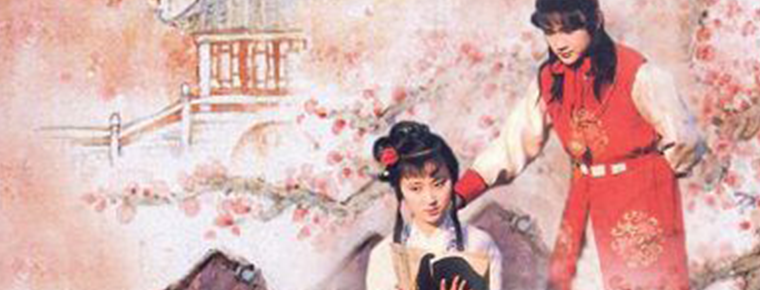
-
BaoGuGu National Forest Park
Baoqianggu National Forest Park, Shandong Province, is located in the southeast of Shanting District, Zaozhuang City, Shandong Province. Its geographical coordinates are 34 degrees north latitude 59'4.
Views: 169 Time 2019-01-02 -
Helan Mountain Rock Painting
Helan Mountain Rock Painting is a national key cultural relics protection unit, the national AAAA level tourist attractions, the national research tourism demonstration base (2016 one of the first 20).
Views: 97 Time 2019-01-13 -
Zhushan National Forest Park
Zhushan National Forest Park is located in Liuhua Po Street Office in the west of Qingdao Development Zone. It is a national forest park approved by the State Forestry Administration in December 2000.
Views: 158 Time 2019-03-21 -
Ancient Clock Repair Skills
Behind the Cining Palace in the Palace Museum of Beijing, there is a row of red pillars and grey tiles. A group of "craftsmen" have been dealing with the treasures of the deep palace.
Views: 128 Time 2019-05-01 -
Gino Encouragement
Great encouragement, traditional dance in Jinghong City, Yunnan Province, is one of the national intangible cultural heritage..
Views: 262 Time 2019-05-05 -
Brewing Techniques of Qingxu Old Vinegar
The brewing process of Qingxu aged vinegar is complex. After the main steps of ingredients, steaming, manual turning of solid acetic acid, high temperature fumigation, high density leaching, aging and.
Views: 247 Time 2019-06-11 -
Tu Costume
Women usually wear embroidered small collar and long slant-skinned shirt. The sleeves are made of red, yellow, orange, blue, white, green and black seven-color cloth rings. They are bright and beautif.
Views: 187 Time 2019-06-23 -
Weaving Techniques of Summer Cloth
Wanzai summer cloth is completely manually woven. Its production process mainly consists of ramie treatment, yarn performance and weaving. It needs many processes to weave..
Views: 201 Time 2019-07-01 -
Linear cavity
Line-tune opera, also known as Line-score opera, is an ancient traditional opera in Shanxi Province. It first appeared in the Han and Tang Dynasties, and developed greatly. It flourished in the Song D.
Views: 152 Time 2019-07-03 -
Han Feizi
Han Feizi is a collection of works of famous thinkers and Legalists Han Fei during the Warring States period. Han Feizi was compiled by posterity after Han Fei's death. According to hanshuyiwenzhi &qu.
Views: 92 Time 2019-09-07 -
Geographical environment of Luzhou
Luzhou City, located in the southeast of Sichuan Province, borders Chongqing and Guizhou Province in the East, Guizhou Province in the south, Yunnan Province, Yibin City and Zigong City in Sichuan Province in the west, Neijiang City and Chongqing City in Sichuan Province in the north..
Views: 306 Time 2020-12-14 -
Education in Yibin
In 2019, there will be 11000 students enrolled, 50900 students and 13600 graduates. There are 4 graduate training units, 393 graduate students, 918 students and 68 graduates. There are 17000 students in adult colleges and universities. 43500 pe.
Views: 239 Time 2020-12-18
